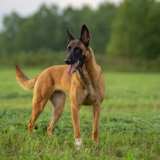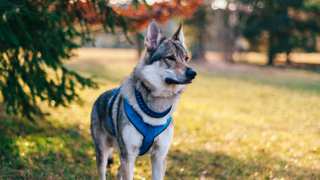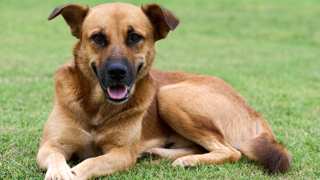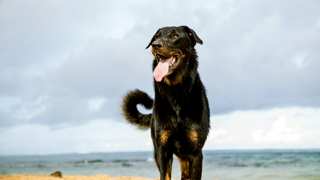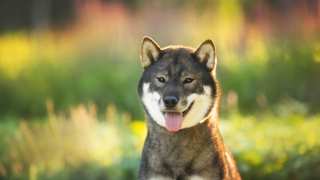Belgian Malinois food and diet choices are vital in keeping these active dogs healthy and happy. As energetic, athletic animals, dog food for the Belgian Malinois must be high in animal proteins and healthy fats--which means that if you give commercial food to your Mal, it needs to be a premium brand. Inexpensive dog foods contain many empty "filler" calories that don't come close to meeting these dogs' nutritional requirements, so any commercial food a Mal eats must be high-quality, as these have much higher protein content.
The ideal Belgian Malinois diet, according to breeders and experts, is one consisting only of lean meats (beef, chicken, fish) and vegetables (carrots, beans, peas). Many owners, however, find feeding their Mals a strictly raw/fresh food diet too difficult and time-consuming, so the most popular choice is high-quality dry food. Depending on its age and activity level, the typical adult Belgian Malinois will need 2.5 cups (about 1,800 calories) of food per day, divided into two meals. Interestingly, growing Malinois puppies don't need much less food--and more, in some cases: a six-month-old Mal puppy, for example, can eat three cups of food, divided into three meals. For more info, see this Belgian Malinois feeding guide:
Belgian Malinois Feeding ChartDog AgeDog WeightFood TypeAmountFrequency2 Months15 lbsDry0.5 cups3x/day3 Months25 lbsDry0.75 cups3x/day6 Months45 lbsDry1 cup3x/day9 Months55 lbsDry1.5 cups2x/day12 Months60 lbsDry1.25 cups2x/day18 Months+65 lbsDry1.25 cups2x/dayLike many breeds, obesity in Belgian Malinois dogs is a serious--and often overlooked--health issue. A fat Malinois will have breathing, digestive, and joint problems, not to mention heart issues and a shortened lifespan. And according to veterinarians, the number-one cause of canine obesity is "free-feeding," whereby food is left in the dog's bowl all the time so it can eat anytime it wants. While this may seem like a good idea to its owners, free-feeding is terribly unhealthy for the dog. Vets recommend putting your Mal's food dish down only at mealtimes, then picking it up about 20 minutes after the dog begins eating. It's also a good idea to have a consistent feeding schedule for your Mal, so the dog can get used to eating at the same time each day.
If you're worried that your Malinois is overweight, give the dog this simple Ribs Test: run a hand along its side, and if you can't feel any ribs, it's diet time. Reduce the Mal's daily food consumption by one-fourth, and add an extra jog, walk, or play period to its daily exercise schedule.
